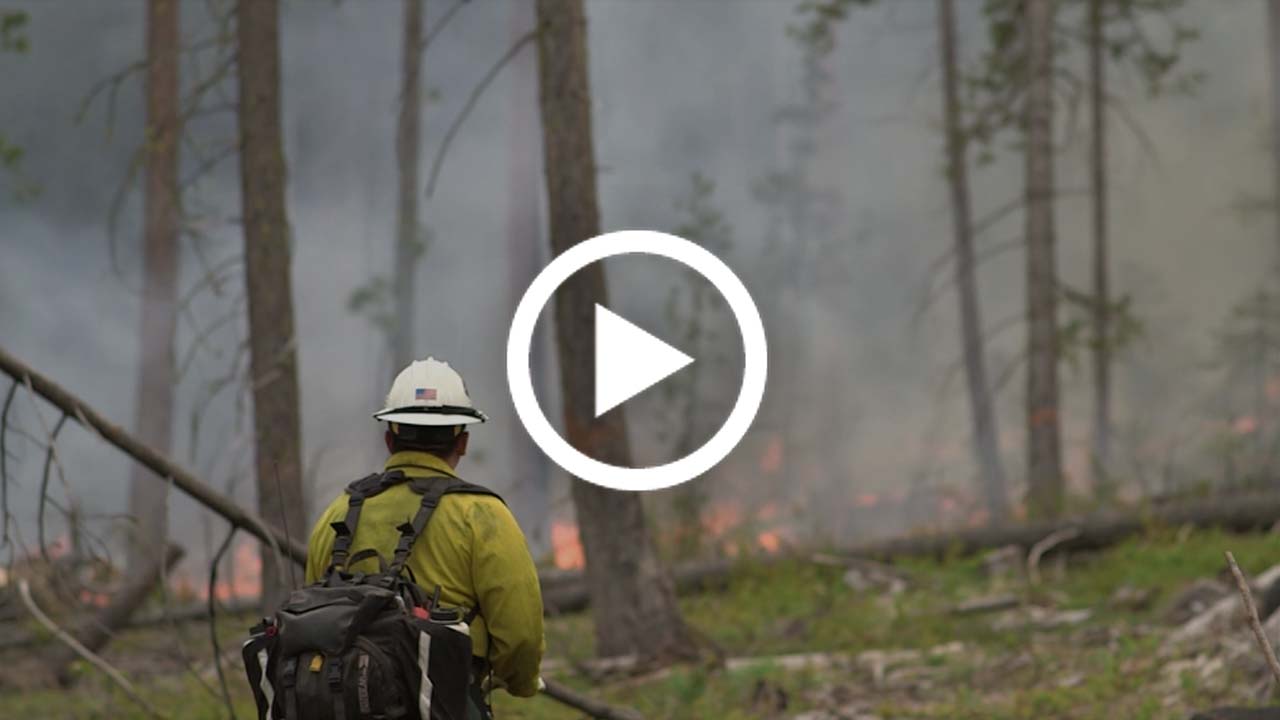In fire-adapted forests, trees need fire to successfully reproduce and renew the forest, which creates important wildlife habitat that is part of a properly functioning forest.
Many of these forests have been starved of fire for more than 100 years due to a well-intentioned but outdated federal policy of putting out all wildfires regardless of location and size. Without appropriate wildland fire, these forests have become more dense and less able to withstand wildfires that are generally larger and possibly more destructive than historical fires. However, we can use mechanical methods – logging – to reduce uncharacteristic blazes by removing small trees and protecting large and old trees, which are the most resistant to disturbances. This science-based approach to forest management means that we can reintroduce fire to the landscape, restoring this tool’s rightful place on the land, and also create a restoration by-product – timber – that can provide an important economic benefit for local communities.


